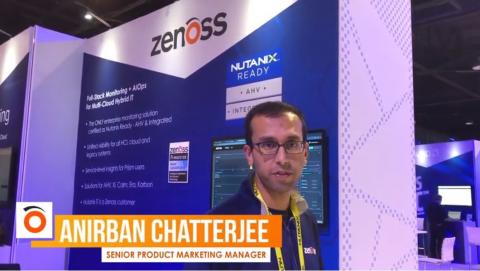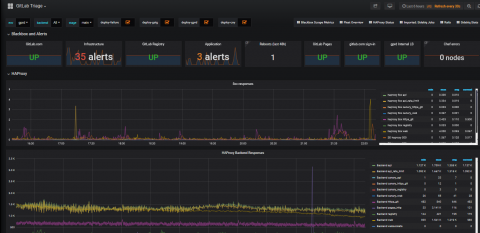Firefox add-on outage: Yet another reminder for companies to enforce PKI life cycle automation
More often than we’d like to admit, we tend to underestimate the impact of every moving part within an organization—especially those that seem small or insignificant. And usually, it’s not until we’re facing the fallout of neglecting that seemingly insignificant factor when we realize what a mistake we’ve made.











